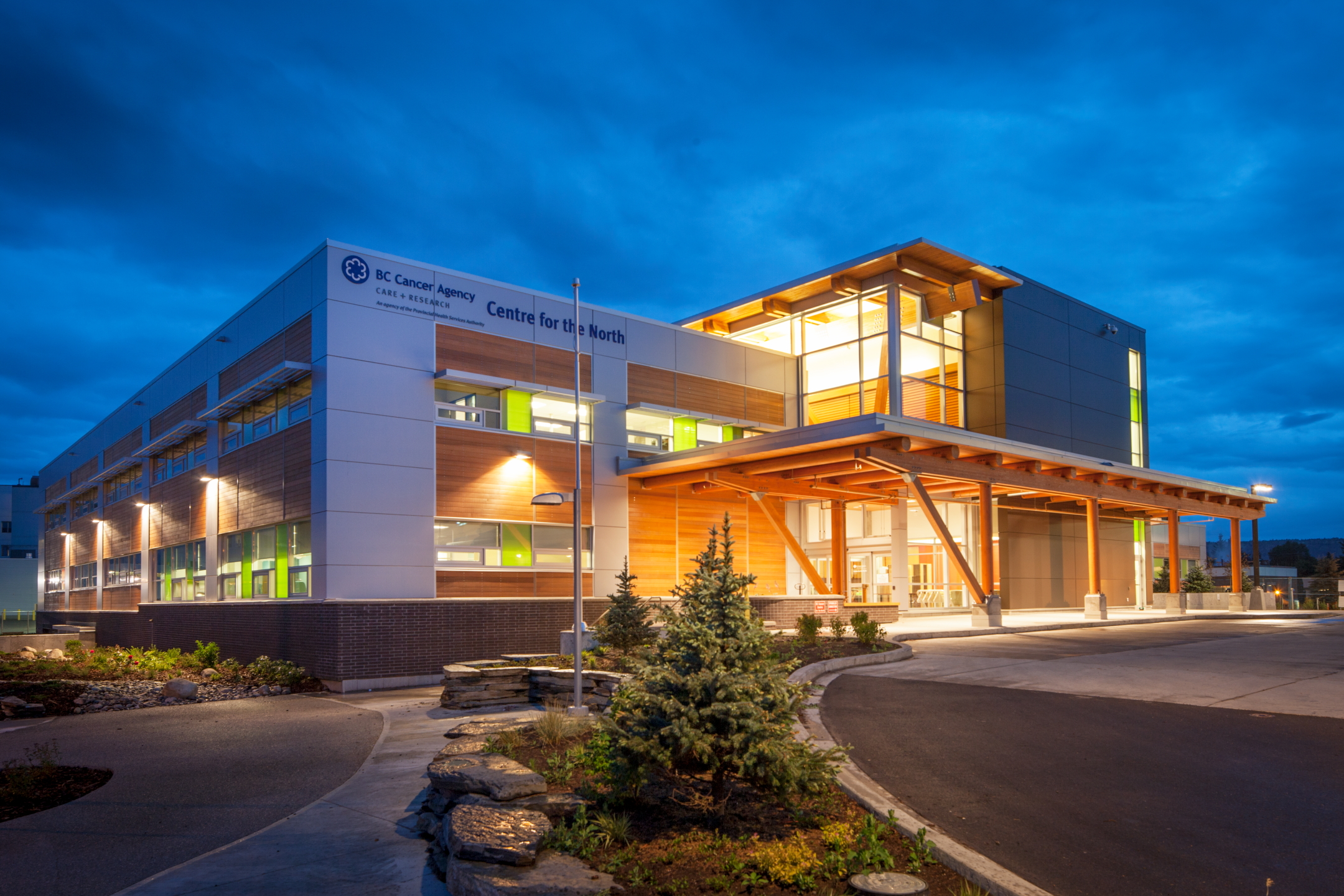The Climate Resilience Guidelines for BC Health Facility Planning & Design (Version 2.0) mark a significant step forward in addressing the challenges of climate change within the healthcare sector. Initially released in 2020, the ‘Health Facility (HF) Climate Resilience Guidelines’ have been pivotal in providing adaptable recommendations aimed at enhancing the resilience of healthcare infrastructure against climate-related hazards. This update, Version 2.0, represents an evolution of the document, ensuring it remains a living tool that builds on past successes, integrates new insights, and aligns with the latest guidance from the Province through the Climate Resilience Framework & Standards for Public Sector Buildings.
The urgency to build climate resilient health facilities has never been more apparent. British Columbia’s healthcare sector has faced the tangible impacts of climate change, including extreme weather events that have led to loss of life, service disruptions, infrastructure damage, and increased operational costs. Designing health facilities that can anticipate, cope with, recover from, and adapt to climate-related shocks and stressors is crucial for the sustainability of healthcare services and human well-being.
The HF Climate Resilience Guidelines serve a broad audience involved in the design, construction, and management of healthcare infrastructure, including project teams, facility staff, and health system collaborators. They provide comprehensive guidance through various project stages, including high-level project planning, detailed project planning, design and construction document development, and beyond. The document’s flexibility allows for its application across different types of projects and processes, with the ability to customize approaches to meet specific needs and contexts.
Climate resilience planning strongly aligns with key priorities in the health system, helping to advance these priorities while being strengthened by their integration. The following guiding principles should be kept at the forefront of climate resilience efforts for health facility projects:
- Centering Indigenous knowledge, particularly local First Nations’ land-based expertise, on health facility projects in a way that strengthens both climate resilience and reconciliation.
- Embedding principles of justice, equity, diversity, and inclusion into the design and management of health facilities, recognizing that vulnerability to climate change varies across the population.
- Acknowledging the significance of climate resilience within wider planetary health initiatives, based on the understanding that our overall well-being is closely linked to the condition of our environment, encompassing clean air, water, soil, and a stable climate.
By proactively addressing climate risks and integrating sustainability and resilience into healthcare infrastructure projects, BC Health Authorities and their partners can better prepare the health system to face the challenges of climate change, safeguarding the well-being of current and future generations.









